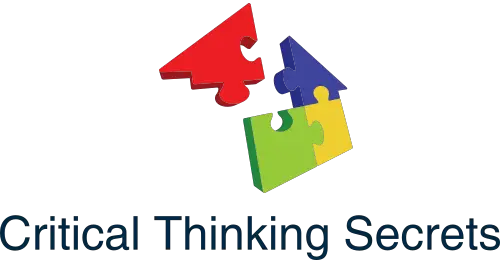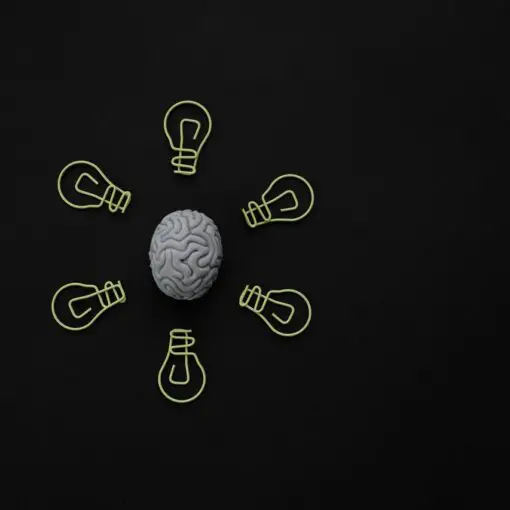Assumptions can often cloud judgment and lead to misguided conclusions. Recognizing the difference between assumptions and evidence-based conclusions is crucial for critical thinking.
In a world overflowing with information, distinguishing between what is assumed and what is supported by data is essential.
Evidence-based conclusions are derived from thorough analysis and facts, reducing the risk of errors that assumptions can introduce. Understanding this difference empowers individuals to approach problems with clarity and confidence.
Key Takeaways
- Assumptions are unexamined beliefs that can mislead thinking.
- Evidence-based conclusions rely on data and thorough analysis.
- Distinguishing these concepts enhances critical thinking and decision-making.
The Nature of Assumptions

Assumptions play a crucial role in shaping beliefs and influencing decisions. They reflect a person’s perspective and can lead to biases that affect judgment.
Understanding the nature of assumptions is essential for effective critical thinking and decision-making.
Defining Assumptions
An assumption is an accepted belief or idea taken for granted without proof. These can stem from personal experiences, cultural backgrounds, or societal norms.
Often, individuals are unaware of their assumptions, which can shape their perceptions and influence their conclusions.
In critical thinking, identifying assumptions is vital. It helps uncover biases and promotes a deeper analysis of a situation.
For example, a person may assume all team members will agree on a project direction without considering differing viewpoints.
Impact of Assumptions on Decision-Making
Assumptions can significantly impact decision-making processes. When individuals rely too heavily on their assumptions, they may overlook important information or contradictory evidence.
This can lead to poor decisions based on incomplete information.
Cognitive biases, such as confirmation bias, can compound the issue. Confirmation bias causes individuals to favor information that supports their assumptions, while ignoring evidence that challenges them.
This creates a narrow perspective and hinders creativity in problem-solving.
Errors in Logic and Reasoning
Errors in logic often arise from unchecked assumptions. Logical fallacies, such as hasty generalizations or false dichotomies, can stem from flawed beliefs.
These errors can mislead individuals into making wrong conclusions.
To improve reasoning, it is essential to challenge assumptions regularly. Critical analysis can reveal underlying biases and encourage a more comprehensive view.
Examining assumptions helps individuals distinguish between what they believe and what is supported by evidence, leading to sounder judgment.
Evidence-Based Methodology
Evidence-based methodology focuses on using systematic processes to support conclusions drawn from research. It emphasizes the importance of empirical evidence and logical reasoning to understand complex phenomena.
This approach enhances credibility and strengthens decision-making.
Roles of Evidence in Knowledge Building
Evidence plays a crucial role in building knowledge. It provides the foundation for understanding concepts through rigorous research.
Such evidence can include statistical data, observational studies, and expert opinions.
By relying on various types of evidence, researchers enhance the reliability of their claims. This reliance fosters a culture of inquiry and supports ongoing dialogue about findings.
As a result, assumptions can be evaluated against solid proof.
Analytical Skills and The Scientific Method
Analytical skills are vital to the scientific method. They allow researchers to assess information critically and draw valid conclusions.
This process includes formulating hypotheses, conducting experiments, and analyzing results.
The scientific method encourages logical reasoning throughout research. Researchers revise their hypotheses based on empirical evidence, ensuring that conclusions reflect the data.
This approach enables a transparent evaluation of claims and encourages accountability in research practices.
Exploring Assumptions Through Evidence
Exploring assumptions through evidence is essential for sound reasoning. Assumptions are often subjective and can impact research outcomes.
By testing these assumptions against factual evidence, researchers can mitigate biases.
This exploration involves critical thinking, where he or she questions the validity of established beliefs.
Engaging with the evidence allows for a deeper understanding of the topic at hand. It encourages an open-minded stance toward differing viewpoints, fostering a collaborative atmosphere in research discussions.
Bridging Assumptions and Evidence
Bridging assumptions with evidence is essential for informed decision-making. It involves analyzing contradictions, enhancing communication, and applying nuanced understanding to complex phenomena.
Each of these components plays a vital role in reducing missed opportunities and improving problem-solving strategies.
Analyzing Contradictions and Complexities
When dealing with complex phenomena, contradictions often arise between assumptions and evidence. These contradictions can stem from limited information or varying interpretations of data.
By critically analyzing these differences, individuals can identify patterns that reveal weaknesses in their premises.
For instance, a claim based on outdated research may conflict with recent findings. Acknowledging these contradictions allows for a more nuanced understanding, which is crucial in developing effective strategies.
This approach enhances the ability to adapt and refine one’s perspective based on new evidence.
Communication and Interpretation
Effective communication is vital for bridging the gap between assumptions and evidence. Clear dialogue helps to interpret research findings accurately.
Miscommunication can lead to misunderstandings and reinforce false assumptions, which may hinder decision-making.
To facilitate better communication, it is important to share diverse perspectives.
Engaging in open discussions encourages participants to present their interpretation of evidence.
This exchange can uncover hidden assumptions and lead to more informed conclusions. Individuals must strive for clarity to ensure that everyone involved has the same understanding of the evidence presented.
Making Informed Decisions
Making informed decisions relies on carefully weighing the strengths and weaknesses of different courses of action.
Evidence-based conclusions guide this process by providing a foundation for choices.
Incorporating personal experiences along with research findings can further enhance decision-making.
When individuals consider both quantitative data and qualitative insights, they foster a richer understanding of the situation.
This comprehensive approach helps minimize missed opportunities and supports more effective problem-solving.
Prioritizing evidence in decision-making ultimately leads to better outcomes in various contexts.





